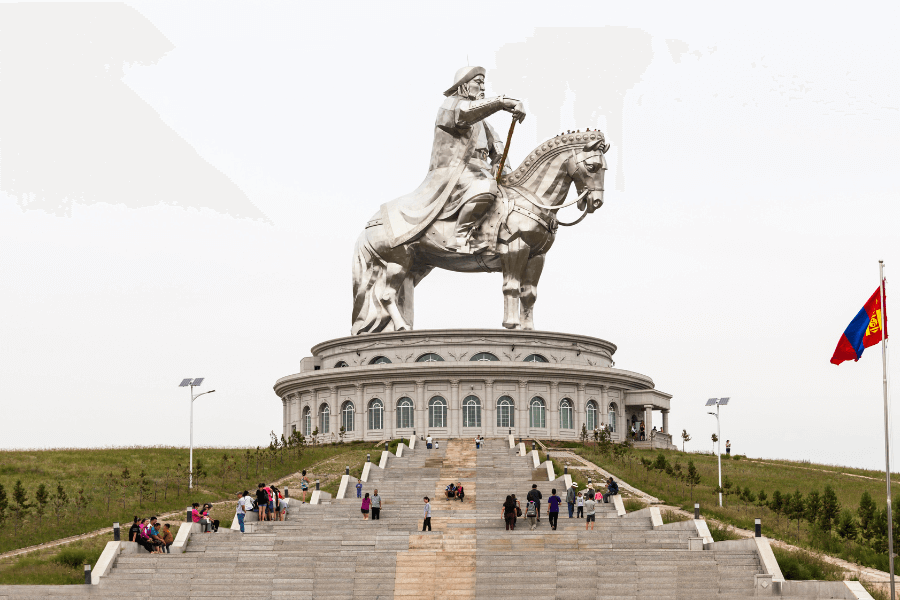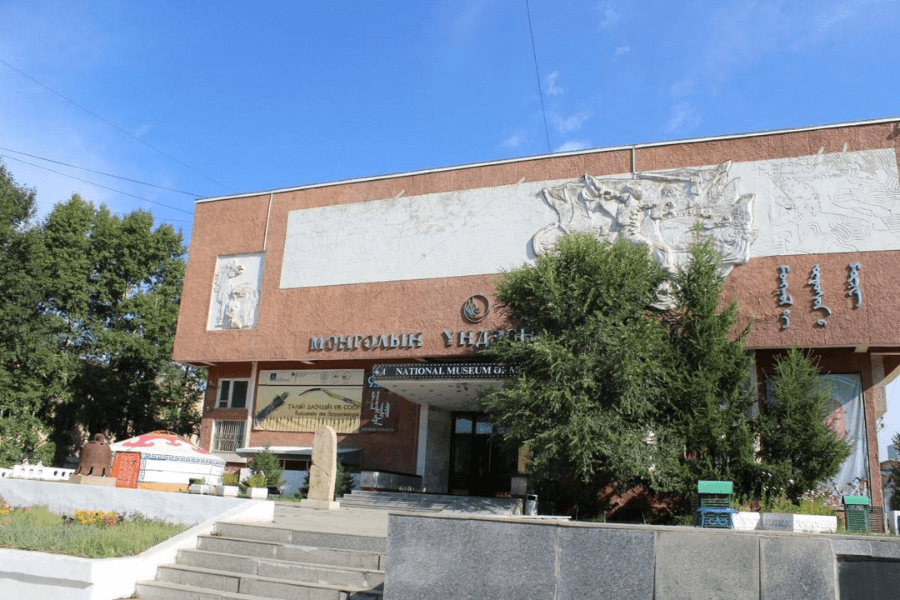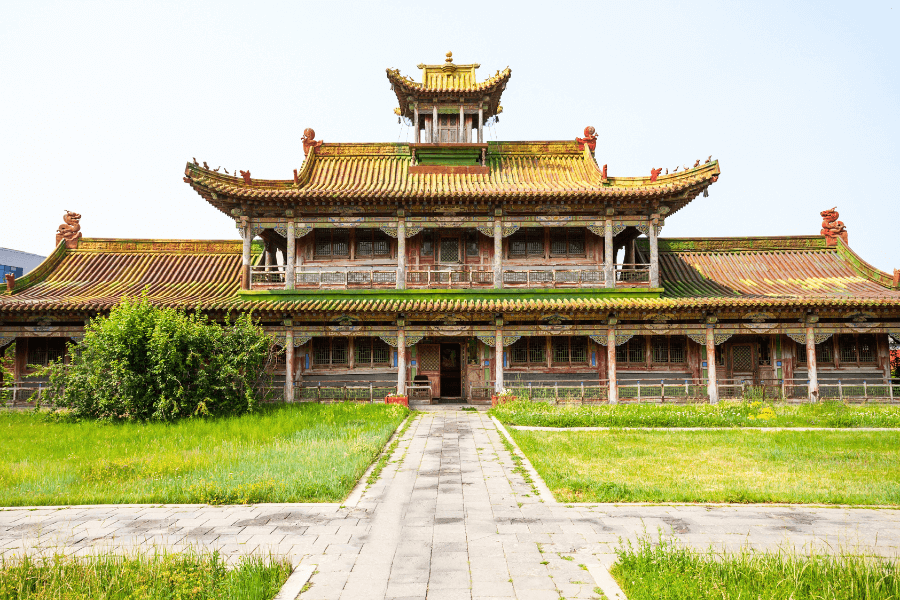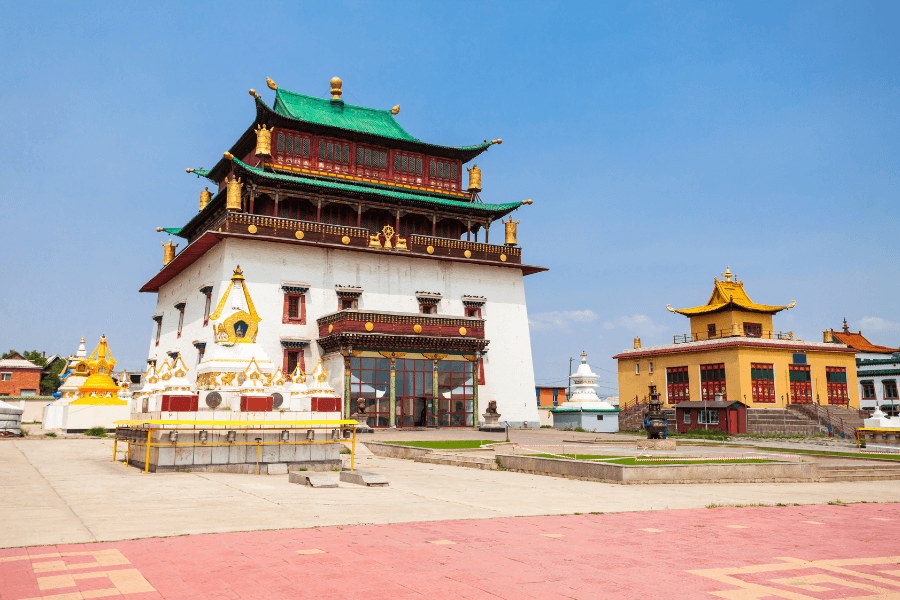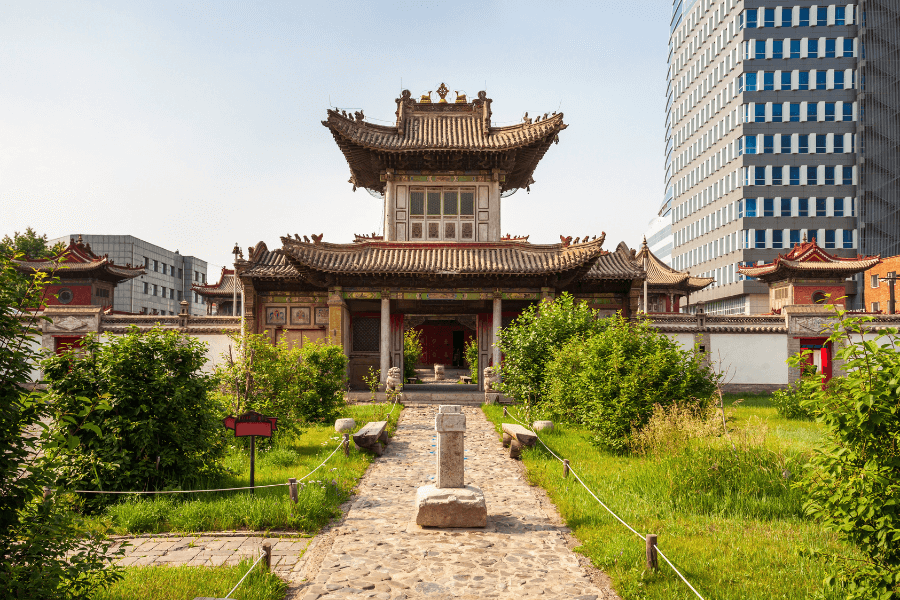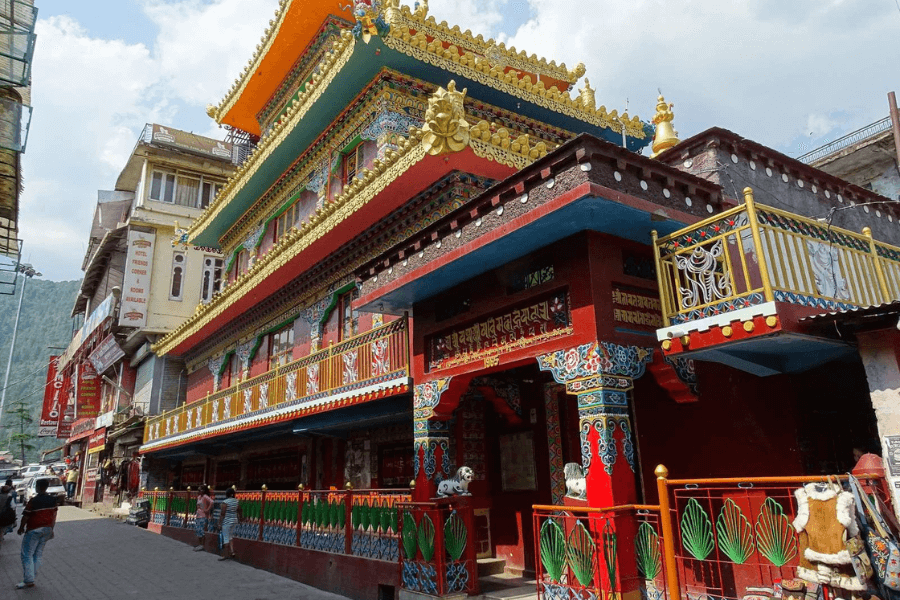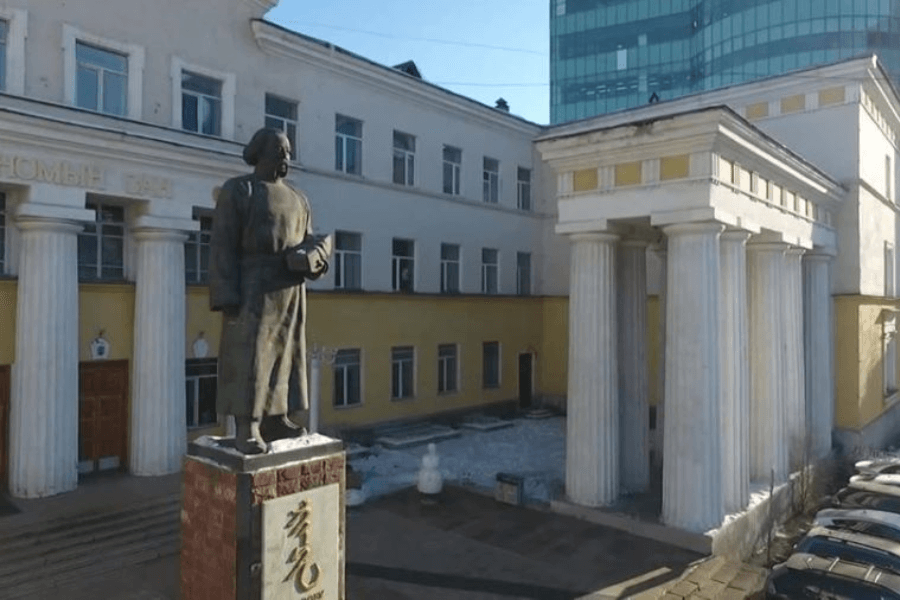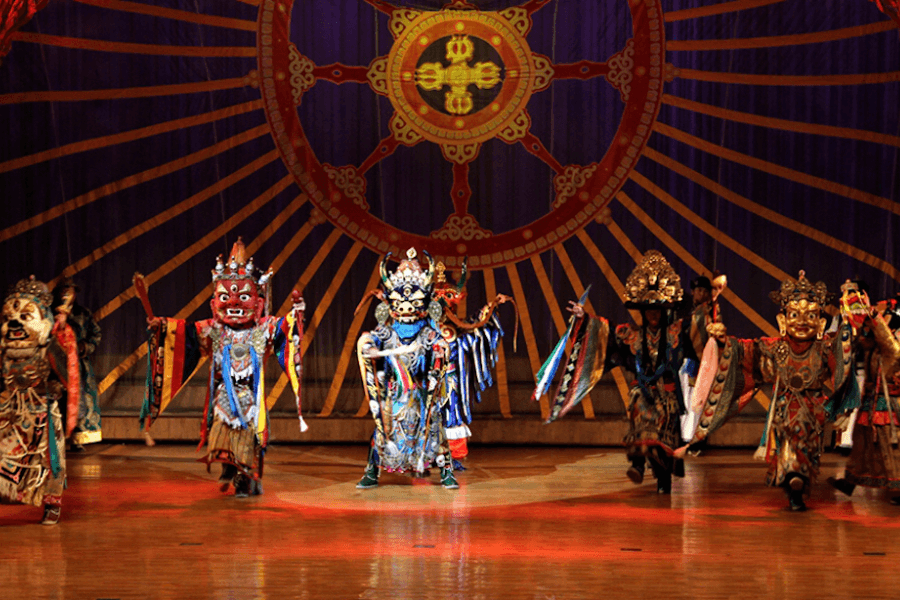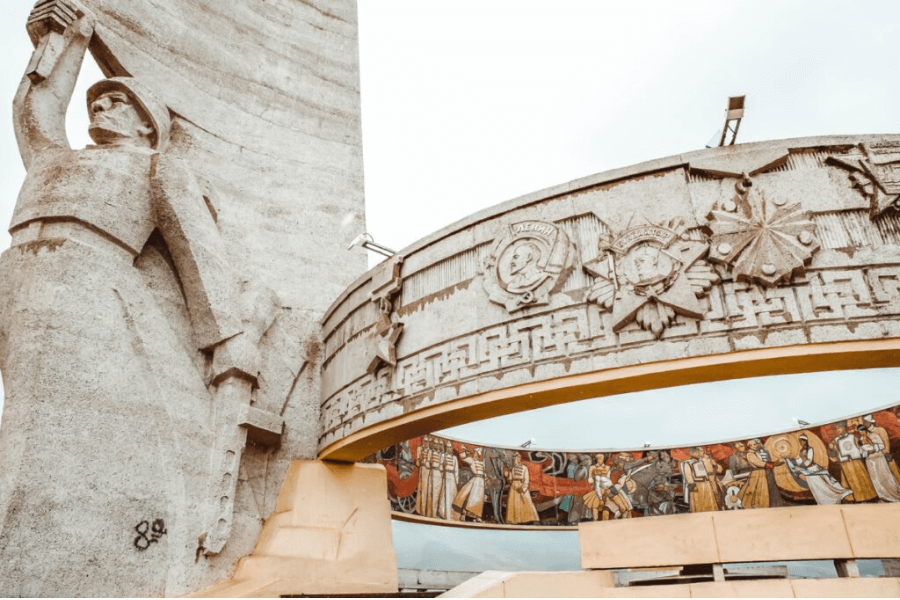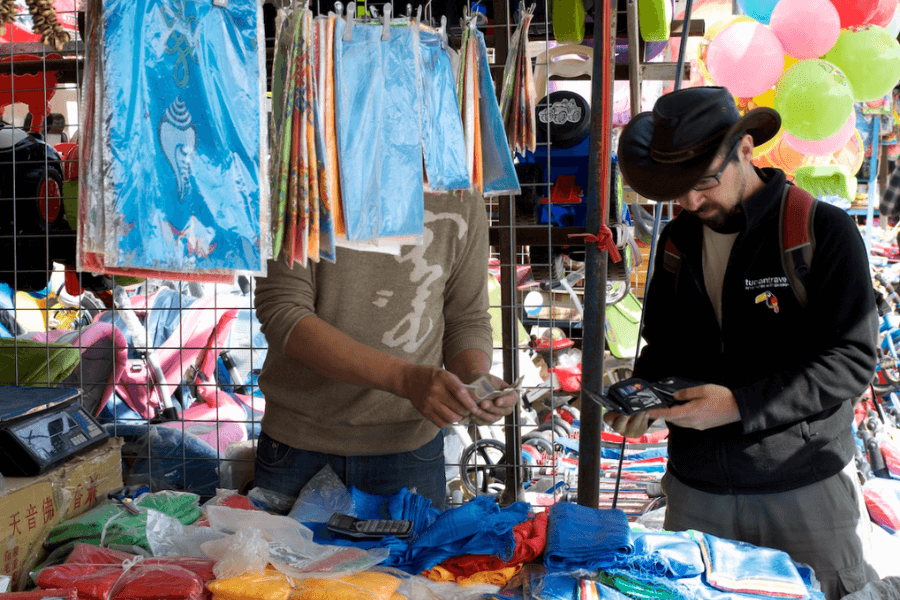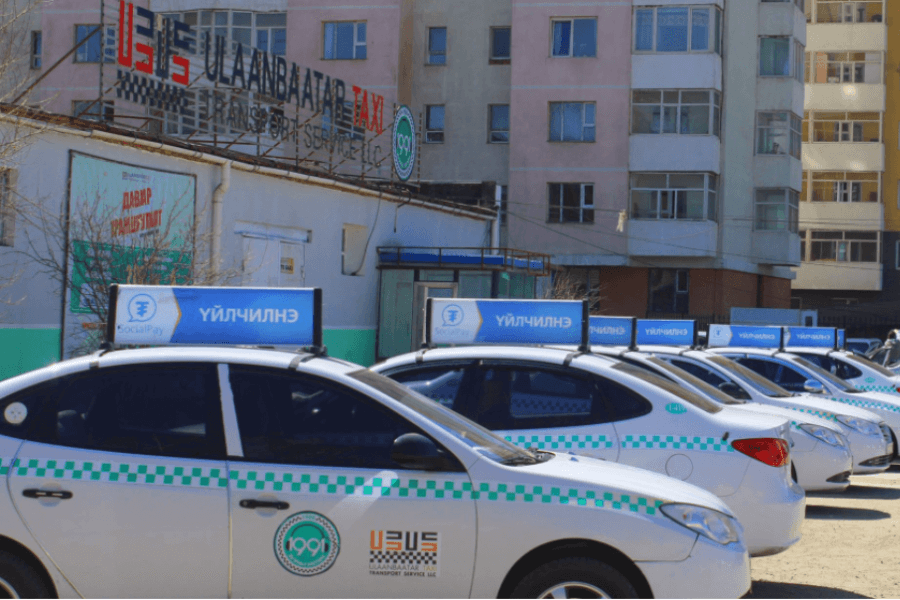Uncover the treasures of Ulaanbaatar, Mongolia's Capital, where a plethora of attractions await you. From exploring iconic landmarks like Gandan Monastery and Sukhbaatar Square to immersing in the rich culture at Naran Tuul Market, there's something for every traveler. Dive into the vibrant heart of Ulaanbaatar with Go Mongolia to experience the essence of this dynamic city.
Visiting Iconic Destinations in Ulaanbaatar Mongolia
Sukhbaatar Square
Situated at the heart of Ulaanbaatar, Sukhbaatar Square serves as a focal point for cultural and political events. Named after Damdin Sükhbaatar, a key figure in Mongolia's struggle for independence, the square is adorned with his equestrian statue. Surrounding the square, visitors can explore significant landmarks such as the State Parliament House, Palace of Culture, and State Opera & Ballet Theatre. Throughout the year, various festivals, concerts, and public gatherings take place here, offering visitors a glimpse into Mongolia's vibrant cultural scene. Admission to the square and its surrounding landmarks is free, although fees may apply for specific events or performances.
Chinggis Khaan Statue:
Standing proudly in front of the Parliament House on Sukhbaatar Square, the Chinggis Khaan Statue pays homage to Mongolia's legendary leader. This majestic monument features a seated statue of Chinggis Khaan, surrounded by colonnades dedicated to other great Khans of Mongolia. Visitors can marvel at the grandeur of the statue and learn about Chinggis Khaan's enduring legacy through informative plaques and exhibits. While there is no entrance fee to view the statue, guided tours may be available for a nominal fee, providing deeper insights into Mongolian history and culture. Additionally, visitors can capture memorable photos with the iconic statue as a backdrop, commemorating their visit to this historic site.
Explore Museums in Ulaanbaatar Mongolia
National Museum of Mongolia:
Established in 1971, the National Museum of Mongolia is a comprehensive repository of the country's history and culture. Situated in Ulaanbaatar, the museum takes visitors on a journey from the Neolithic era to the present day, showcasing over 50,000 historical and ethnographical objects. Exhibitions cover various periods in Mongolian history, including prehistory, the Mongol Empire, and the twentieth century. Visitors can explore artifacts ranging from ancient artifacts to traditional costumes, providing insights into Mongolia's diverse heritage. Additionally, the museum offers educational programs, workshops, and lectures for those interested in delving deeper into Mongolian culture and history. While there may be a small entrance fee for access to the museum, it is well worth the investment for the enriching experience it offers.
Bogd Khaan Winter Palace Museum
Located in the heart of Ulaanbaatar, the Bogd Khaan Winter Palace Museum offers visitors a glimpse into Mongolia's royal past. Constructed between 1893 and 1903, this historic palace served as the residence of Mongolia's eighth Living Buddha and last king, Jebtzun Damba Khutagt, also known as the Bogd Khan. The palace grounds feature six temples, each housing Buddhist artwork including sculptures and thangkas (religious paintings). Visitors can explore the ornately decorated interiors of the palace, marveling at the exquisite craftsmanship and intricate designs. Guided tours are available to provide insights into the life of the Bogd Khan and the significance of Tibetan Buddhism in Mongolia. Entrance to the museum typically requires a nominal fee, which helps support the preservation of this cultural heritage site.
Visiting Temples and Monasteries in Ulaanbaatar Mongolia
Gandan Khiid Monastery
Located in the heart of Ulaanbaatar, Gandan Khiid Monastery stands as a testament to Mongolia's deep-rooted Buddhist heritage. Visitors can immerse themselves in the serene atmosphere of this sacred site, where enchanting ceremonies are held daily. The monastery is renowned for its towering indoor statue of Bodhisattva Avalokitesvara, a masterpiece adorned with precious stones and medicinal plants. Travelers can join guided tours to learn about the monastery's history, architecture, and spiritual significance. Additionally, visitors have the opportunity to participate in meditation sessions or receive blessings from resident monks. While entrance to the monastery is free, donations are welcomed to support its maintenance and ongoing activities.
Choijin Lama Monastery
The Choijin Lama Monastery, composed of four temples, is a cultural gem in Ulaanbaatar. Built between 1904 and 1908 by the Eighth Bogd Khaan, these temples were dedicated to his brother, the Choijin Lama Luvsanhaidav. Today, the monastery complex has been transformed into a museum, showcasing its elaborately decorated interiors and a rich collection of Mongolian Buddhist sculpture and painting. Visitors can admire the intricate details of the temple architecture and learn about the religious significance of each structure. Special exhibitions may also be held, offering deeper insights into Mongolia's spiritual and artistic heritage. Entrance fees are usually required for access to the museum, contributing to the preservation of its valuable artifacts and historical legacy.
Datsan Dechengalpa (Kalachakra Temple):
Situated within Gandan Monastery, the Datsan Dechengalpa, also known as the Kalachakra Temple, is a significant religious site in Ulaanbaatar. Originally constructed in the early 19th century, the temple was restored in 1992 after being relocated to Gandan Monastery. The temple features a portrait of Bogd Khan, the spiritual leader of Mongolia. It holds historical significance as a center for the Kalachakra Tantra, a complex Buddhist ritual. Visitors can explore the temple's architecture and learn about its rich history through guided tours. The temple hosts Buddhist rituals and ceremonies, including the Kalachakra initiation, which takes place annually in spring. Entrance to the temple is typically free, but donations to support its activities are welcome.
Experiencing The Traditional Beauty of Ulaanbaatar Mongolia
Mongolian National Library:
Situated in Ulaanbaatar, the Mongolian National Library stands as a treasure trove of knowledge and cultural heritage. As the largest and oldest surviving library in Mongolia, it boasts a vast collection of over 3 million books and publications. Of particular significance are the 1 million rare and valuable books, sutras, and manuscripts, including the world's only surviving copies of many ancient Buddhist texts. Visitors to the library can explore its extensive collection, which includes the Kanjur and Tanjur, essential Buddhist canonic texts comprising hundreds of volumes. Additionally, the library offers exhibitions and educational programs that provide insights into Mongolia's literary and religious traditions. Admission to the Mongolian National Library is free, allowing visitors to delve into the rich tapestry of Mongolian culture and history.
Traditional Folklore Concert:
For a captivating immersion into Mongolian music and culture, attending a Traditional Folklore Concert is a must-do experience in Ulaanbaatar. Two renowned theaters, Tumen Ekh Theatre and National Dance and Musical Grand Theatre, offer performances featuring traditional music, song, dance, and contortion. Audiences can witness vibrant displays of Mongolian folk arts, showcasing the country's rich heritage and nomadic traditions. From stirring throat singing to mesmerizing dance routines, these concerts offer a glimpse into the colorful tapestry of Mongolian culture. Tickets for these performances are available for purchase, with various seating options to suit different preferences and budgets.
Zaisan Memorial Hill:
Located in the southern area of Ulaanbaatar, Zaisan Memorial Hill stands as a poignant tribute to Soviet soldiers who lost their lives in World War II. The memorial features a towering monument and offers panoramic views of the capital city. Visitors can ascend the hill via a staircase of more than five hundred steps, providing an opportunity for reflection and remembrance. At the foot of the hill, a tank memorial commemorates the contributions of the Mongolian people to the war effort. The vista from the top of Zaisan Memorial Hill offers sweeping vistas of Ulaanbaatar's skyline, making it a popular spot for photography and sightseeing. There is no entrance fee to visit Zaisan Memorial Hill, allowing visitors to pay their respects and enjoy the scenic views free of charge.
Naran Tuul Market (Black Market)
Naran Tuul Market, commonly referred to as the Black Market, is a lively bazaar situated in the heart of Ulaanbaatar, Mongolia. Here, visitors can discover a plethora of goods reflecting Mongolia's rich cultural heritage. From traditional crafts to local delicacies and souvenirs, the market offers an eclectic range of items. Shoppers can meander through the maze of stalls, bargaining for everything from intricately woven cashmere clothing to exquisitely crafted horsehair products. Besides shopping, Naran Tuul Market provides a vibrant cultural experience. Visitors can immerse themselves in the bustling atmosphere, observing locals and vendors engaged in lively interactions. Food stalls offer a taste of Mongolian cuisine, with dishes like khuushuur and buuz tempting the palate. The market's dynamic ambiance presents opportunities for people-watching and photography, allowing visitors to capture the essence of daily life in Mongolia.
How to get around Ulaanbaatar
Taxis
Taxis are a ubiquitous mode of transportation in Ulaanbaatar, offering convenience and flexibility for locals and visitors alike. Official taxis are identifiable by their labeled cars with standard meters, providing a regulated and reliable service. These taxis operate throughout the city and are commonly found near major transportation hubs, hotels, and tourist attractions. While official taxis offer a predictable fare structure and level of service, unofficial taxis, which are essentially any car hailed from the street, also operate in Ulaanbaatar. However, they may lack meters and standardized rates, requiring negotiation with the driver before commencing the journey. Taxis are particularly useful for travelers navigating the city, offering a relatively affordable way to reach their destinations, especially during late hours when other forms of transportation may be less accessible.
Public Buses
Ulaanbaatar boasts a network of public buses that serve various routes across the city, providing an affordable and accessible mode of transportation for residents and tourists. The bus system covers key areas of Ulaanbaatar, including residential neighborhoods, commercial districts, and popular tourist destinations. While the bus system may not be as extensive or efficient as in some other major cities, it remains a vital component of Ulaanbaatar's public transportation infrastructure. Travelers can purchase tickets onboard or use prepaid transportation cards for convenience, with buses operating at regular intervals throughout the day.
Minibuses
Minibuses, also known as marshrutkas, are a common sight on the streets of Ulaanbaatar, offering a more flexible and informal mode of transportation compared to public buses. These small vans operate along designated routes, stopping to pick up and drop off passengers at various points along the way. While minibuses can be crowded during peak hours, they provide a convenient option for short-distance travel within the city, allowing passengers to reach their destinations quickly and affordably. Travelers should be prepared for a potentially cramped and bustling environment when using minibuses, especially during busy periods.
Rental Cars
For travelers seeking independence and flexibility, rental cars are readily available in Ulaanbaatar, offering the freedom to explore the city and its surrounding areas at their own pace. Rental agencies provide a range of vehicles, from compact cars to SUVs, for short-term or long-term rental periods. Renting a car allows visitors to venture off the beaten path and discover hidden gems beyond the reach of public transportation. However, it's essential to familiarize yourself with local driving laws and road conditions before embarking on your journey, as navigating Ulaanbaatar's streets can be challenging for those unfamiliar with the area.
Bicycles
Cycling is gaining popularity in Ulaanbaatar, with bike lanes and rental services available in certain parts of the city. Bicycles offer a sustainable and environmentally friendly mode of transportation, allowing riders to navigate congested streets more efficiently than other forms of transportation. Bike-sharing programs and rental shops provide options for both short-term and long-term bicycle usage, catering to commuters and recreational cyclists alike. Cycling also offers a unique perspective of Ulaanbaatar, allowing riders to explore the city's streetscapes and cultural landmarks at their own pace while enjoying the fresh air and exercise.
Walking
While Ulaanbaatar is a sprawling city, many of its central areas are pedestrian-friendly, making walking a viable transportation option for residents and visitors. Walking allows travelers to immerse themselves in Ulaanbaatar's vibrant atmosphere, exploring its bustling markets, cultural landmarks, and hidden alleyways at a leisurely pace. Additionally, walking is an excellent way to interact with locals and discover off-the-beaten-path attractions that may be missed when using other modes of transportation. While Ulaanbaatar's climate can be harsh during the winter months, walking remains a popular and enjoyable way to experience the city's unique charm and character.
From exploring iconic landmarks like Sukhbaatar Square and Gandan Monastery to immersing in the rich heritage at museums and temples, there's something to delight every traveler. Embrace the vibrant heart of Ulaanbaatar and create unforgettable memories in this dynamic city.

